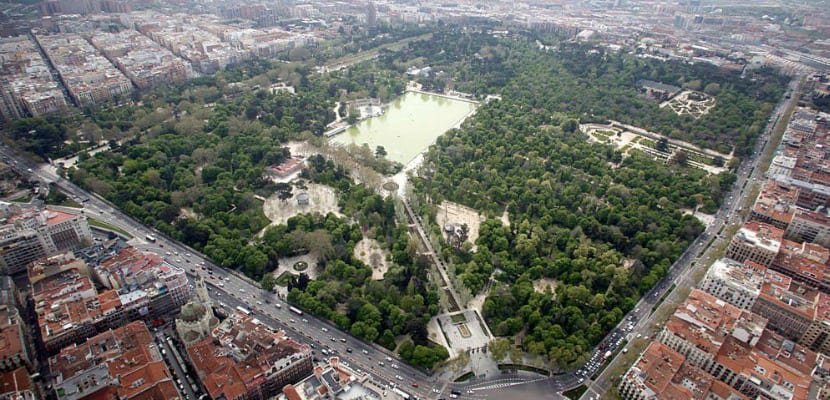
Spring is the ideal season to enjoy walking through the urban parks of our cities. They represent the green lung of many of them and offer us places of peace to escape from the bustle of day to day, not only contemplating the vegetation and fauna of them but also sunbathing, having a picnic, practicing sports, etc. Below you will find some of the most beautiful urban parks in Spain.
Buen Retiro Park
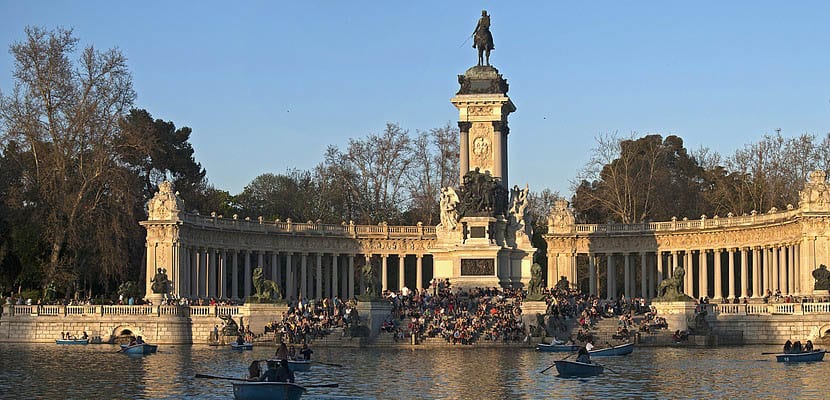
If you have ever been to Madrid you have probably gone to El Retiro park to walk, have a drink on its charming terraces and take some photos. With 125 hectares and more than 15.000 trees, the El Retiro park has its origin in the seventeenth century when the valid of King Felipe IV, the Count-Duke of Olivares, gave the monarch some land for the enjoyment of the royal family. It was not until the Glorious Revolution of 1868 that the Retiro park became municipal property and was opened to all citizens.
Today it is one of the most emblematic tourist spots in the Community of Madrid. Its most prominent places are: the pond, the crystal palace, the Velázquez palace, the Vivaces garden, the gardens and the rose garden of Cecilio Rodríguez, the gardens of the architect Herrero Palacios and the French Parterre with the Ciprés Calvo, the tree oldest in Madrid of Mexican origin which is said to be around 400 years old.
Maria Luisa Park in Seville
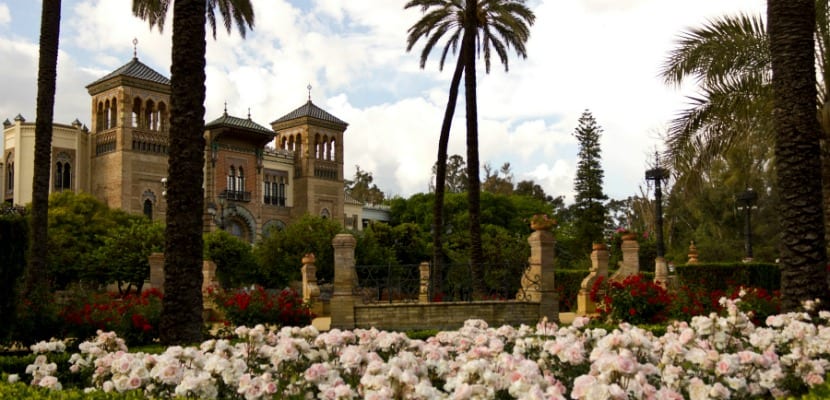
One of the most emblematic places in Seville is the Parque de María Luisa, whose origin can be found in the gardens that surrounded the old Palace of San Telmo. The land was donated in 1893 by the Infanta María Luisa de Borbón to the city and it was inaugurated as a public park on April 18, 1914 with the name of the Infanta María Luisa Fernanda Urban Park.
It was renovated by the French engineer Jean-Claude Nicolas Fourestier, curator of the Boulogne forest in Paris, who gave it a romantic touch inspired by the Generalife gardens, the Alhambra and the Alcázares of Seville.
The central axis of the María Luisa Park is made up of Mount Gurugú, the Fountain of the Lions, the Isleta de los Patos, the Lotos Pond and the Bécquer roundabout, dedicated to the poet Gustavo Adólfo Bécquer, in which together with the bust of the poet, develops the theme of love.
María Luisa Park is one of the natural jewels of Seville where we can observe urban fauna of the capital of Seville such as ducks, swans or peacocks.
Turia garden in Valencia

This 110-hectare urban park is one of the most visited parks in Spain. It has its origin in 1986, when a flood gave rise to an empty lot that was used for the leisure of Valencians. The Turia Garden is also bordered by Bioparc, the avant-garde City of Arts and Sciences, Gulliver Park, Palau de la Música and Cabecera Park.
Thousands of people visit it every year and many Valencians tend to have picnics and spend the day on weekends.
Horta Labyrinth Park
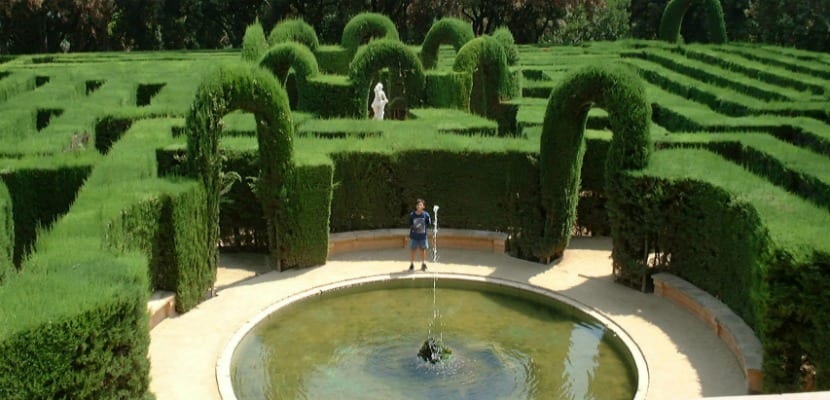
The Horta Labyrinth Park is the oldest in Barcelona and is located on the outskirts of the town, at the foot of the Collserola mountain away from the tourist bustle that surrounds the Ciudad Condal. It is made up of a neoclassical garden, a romantic one, and a spectacular cypress maze, all decorated with statues with mythological allegories.
This park has a private origin, since at the end of the 1967th century the farm belonged to the Desvalls family. Throughout the nineteenth century, extensions were made, reaching the more than nine hectares of surface that it now occupies. In XNUMX the Desvalls gave the park and the palace to the Barcelona City Council.
You have to pay entrance to access but it is free for children, unemployed and retired as well as for all audiences on Wednesdays and Sundays. In these cases, as in Park Güell, the entrance is still controlled, since the maximum allowed capacity is 750 people in order to preserve the park in optimal conditions.
Alameda Park in Santiago de Compostela
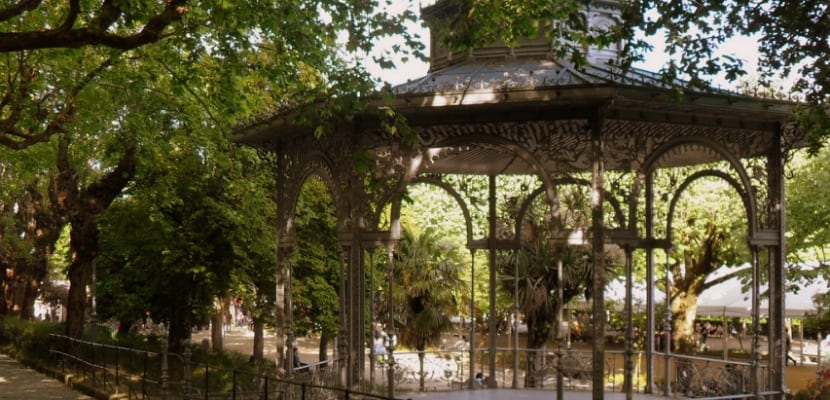
Popularly known as La Alameda, this urban park located in Santiago de Compostela is made up of three different parts: the Paseo de la Alameda, the Carballeira de Santa Susana and the Paseo de la Herradura.
Its location is privileged and over time it became the main urban garden of the city, also highlighted by the variety of its flora (oak, eucalyptus or horse chestnut). Its nineteenth-century, modernist buildings, as well as its statues and sculptures, are also very striking.
All the charms of the Alameda Park make it, since the XNUMXth century, the most important point of reference for the walks of the people of Santiago, characterized by being a welcoming and relaxing space.